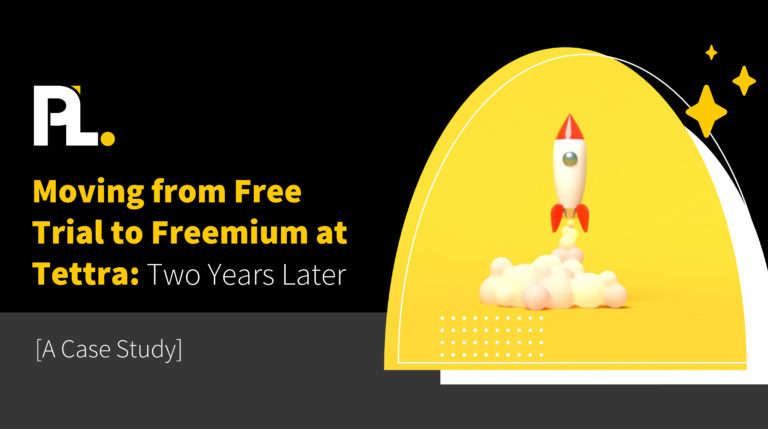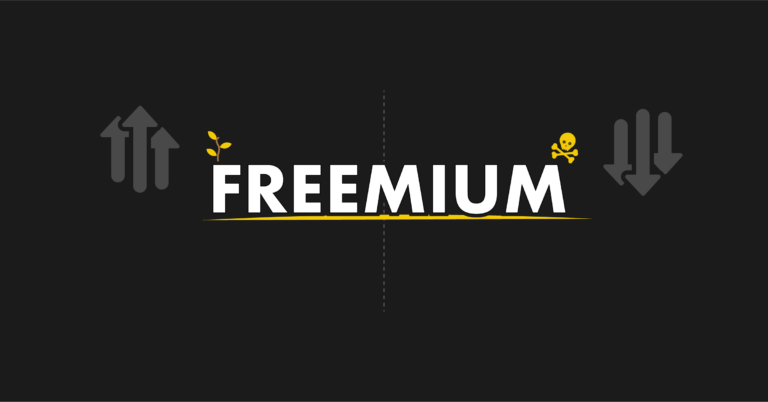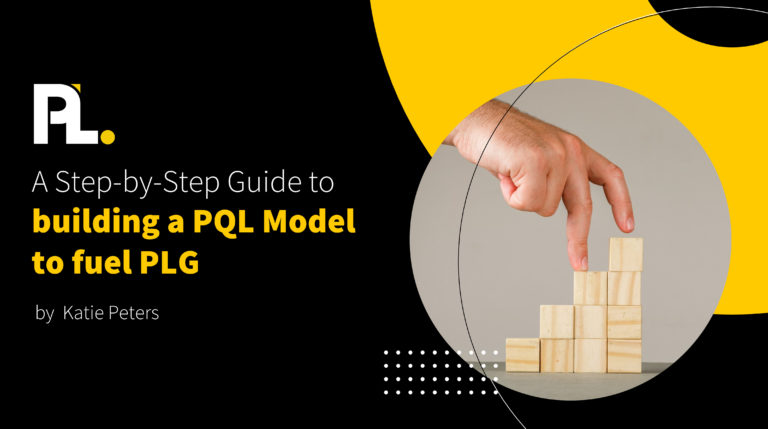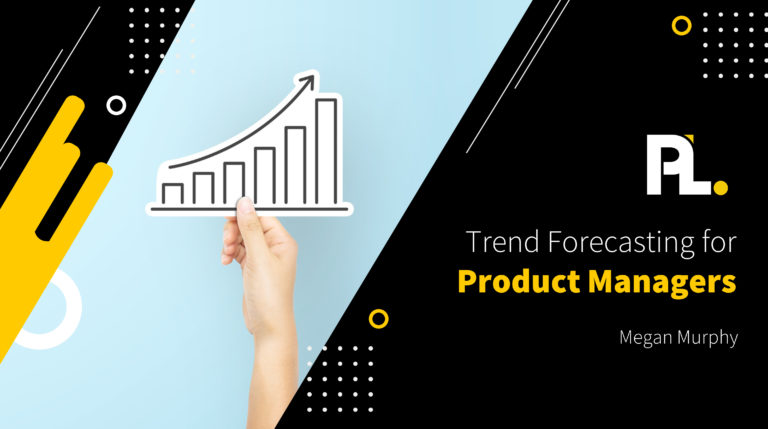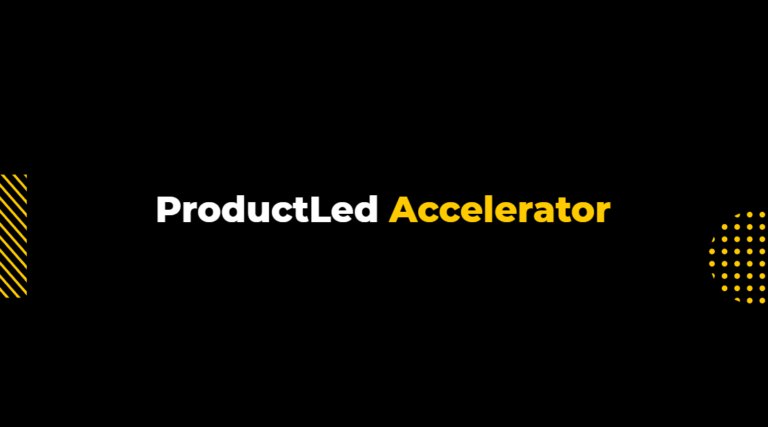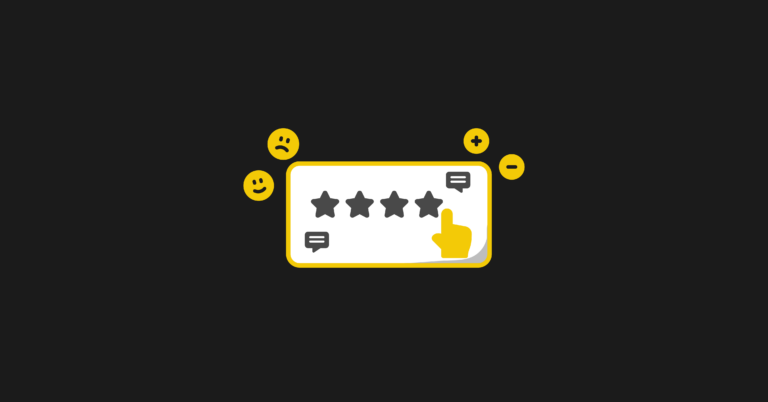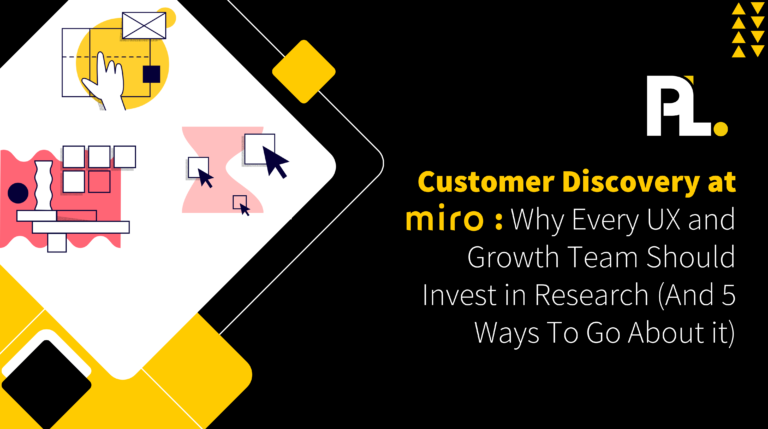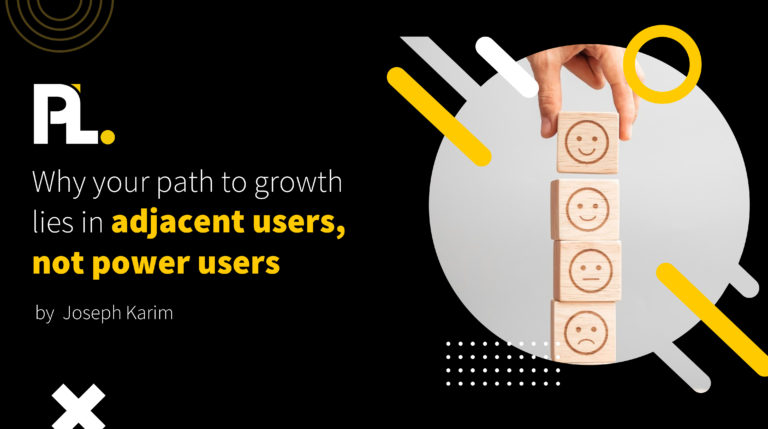Building the right product strategy is arguably the most important task for founders and product leaders.
And while there are plenty of product strategy courses online, most of them can’t help you with the two most challenging aspects of this task:
- Creating the right strategy for your unique business based on your product’s type, company stage, customer needs, and other individual factors.
- Aligning your teams, including Product, Marketing, and Customer Success, around that strategy.
That’s why I created ProductLed Accelerator — a training program that’s helped students from companies like Adobe, HubSpot, Mixpanel, and Microsoft hone their product strategy.
In this post, you’ll learn everything you need to know about this program, including:
- The 3 key benefits customers experience after taking ProductLed Accelerator
- A detailed breakdown of the Accelerator’s 4-week training curriculum
- A real-life example of the program’s impact
ProductLed Accelerator can equip you and your team with the knowledge, resources, and skill set to design the right product strategy and execute it. To learn more, take our free course on the fundamentals of product-led growth.
The 3 Key Benefits of The ProductLed Accelerator
Over the last 10 to 15 years, product-led growth has become an increasingly popular go-to-market strategy.
This is the result of a massive shift in the way customers buy products. Today, product experience is the main driver of the buying process (instead of Sales teams or top-down executive decisions).
For example, hugely successful businesses like Slack, Dropbox, and Canva have a completely free version of their product, which you can use without a time limit. No one’s forcing their users to pay anything, but many of them do because of the great user experience and added value they get from the paid plans.
Inspired by these success stories, many companies have tried to transition to product-led growth.
Before I created the ProductLed Accelerator, the only way to learn how to implement product-led growth was through trial and error — imitating the go-to-market strategy of companies like Zoom and Canva and hoping for the best.
That’s why I launched ProductLed Accelerator — to help companies build great products with a compelling free experience that encourages people to upgrade. I even wrote a book on the topic — ProductLed Growth: How to Build a Product That Sells Itself — which is available for free on our website.
Since the program was launched in 2020, more than 600 students have taken it, with roles ranging from CEOs to VPs of Product to Customer Success directors. In the nearly three years since then, I’ve seen lots of businesses experience the following benefits after taking the program.
Benefit 1: Build the Right Product Strategy for Your Unique Needs
Again, many companies have become industry giants using product-led growth. It’s tempting to look at their successes and copy their playbook for your company.
However, this can be a fatal mistake. Trying to reverse engineer the success of other product-led companies, without understanding the different product-led models and when it makes sense to use them, is a recipe for failure.
That’s why my product strategy course takes the time to help you understand why product-led growth works for some companies and not for others. The program then takes that knowledge and helps you apply it to your own strategy, taking into account factors like:
- The maturity level of your company and your future goals.
- The value and complexity of the problem your product solves.
- Your customer acquisition costs (CAC), lifetime value (LTV), and other key metrics.
- Your customer profile — who they are and what problems they’re trying to solve with your product — and more.
Put simply, everything we teach is focused on helping you create the right strategy for your needs.
Additionally, this individual approach, coupled with the practical workshops we run, helps you go from creating your strategy to executing it with your team’s help.
Benefit 2: Put What You Learn Into Practice and Align Your Team
Product-led growth relies on cross-team collaboration between everyone involved in the product life cycle, including Product, Marketing, Sales, and Customer Success. That’s why everyone who takes our course is encouraged to bring in their teams and stakeholders for an hour-long live session each week.
Working with your teams allows you to:
- Define what “end user success” means for the company.
- Agree on the key elements of your product vision and strategy.
- Build a shared language and understanding of each team’s role in executing the product strategy.
Collaborating with your teams leads to one of the most important outcomes of the ProductLed Accelerator — alignment and buy-in from your entire organization. This makes the transition to product-led growth much easier because everyone understands why you’re adopting this model, has clarity on their role in the process, and is willing to push through the challenges (instead of giving up at the first sign of trouble).
Benefit 3: Clarify and Optimize All Stages of the Customer Journey
To scale your business, you need to understand how all elements of the user journey work together. That’s why the ProductLed Accelerator covers key moments from the entire user journey, like:
- Acquisition, including how the different product-led models affect the type of users you’ll acquire.
- Engagement, including how to get free users to experience your product’s value as quickly as possible and encourage them to upgrade. This is a crucial topic, so we have an entire week dedicated to it.
- Monetization, including how to choose a pricing structure that aligns with your customer acquisition strategy and the value your customers receive. Again, the final week of the ProductLed Accelerator is focused exclusively on monetization.
As a result, you’ll understand how to create a product with a great self-serve experience from start to finish.
Case Study: How Jebbit Transitioned from Sales-Led to Product-Led
The ProductLed Accelerator has helped many companies transform their product strategies.
One of those companies was Jebbit. I wanted to share their story because it highlights some very common challenges during the transition to product-led growth and offers great lessons about how to overcome them.
Jebbit gives marketers the tools to create quizzes and interactive experiences for customers. Initially, the company had a typical sales-led model — they targeted enterprise businesses like Procter and Gamble, Expedia, and the NFL, and didn’t use a freemium product or free trial to attract new customers.
Tom Coburn, co-founder and CEO of Jebbit, was convinced this had to change. He understood the massive shift in the way digital products were being sold, i.e., that end-users and product experience drive sales, not executives’ decisions.
However, Jebbit’s adoption of product-led principles was far from easy.
The biggest challenge they faced was one I often see with companies in the ProductLed Accelerator — team alignment.
Jebbit’s Sales team was very skeptical of this shift. The Product team was excited but knew there would be big challenges ahead.
However, with the help of ProductLed Accelerator in April of 2021, they were able to overcome these issues, launch a successful freemium product, and get everyone behind their new approach.
Here’s how:
First, Tom assembled a small task force inside the company, which included himself, the Chief Marketing Officer, the Vice President of Product, one marketer, and one product employee. They enrolled in ProductLed Accelerator and met weekly to complete the exercises and define their own product-led approach.
After a while, they expanded the task force to include engineers who could create a new product that they would offer for free. This new freemium product would be an easy tool for building personalized quizzes that Jebbit’s customers could customize and embed on their websites — all in 30-45 minutes, without talking to anyone from Jebbit’s team.
Launching the freemium product took a lot of trial and error. But after a long product development process and months of iterations, their efforts were rewarded.
In June 2020, two e-commerce brands had a lot of success using the free quiz builder. The second one was a prominent mid-market company — the kind of customer that would usually require multiple calls with the Sales team before closing a deal.
However, since they could try Jebbit for free, they had already spent over 10 hours using the platform before getting on a sales call. As a result, they were already convinced of the product’s value. In just one call, they signed an enterprise deal (the most expensive option).
After this successful week, Jebbit started to see more and more conversions and revenue driven by their freemium product. In fact, their data proved that the free quiz builder attracts small and medium-sized businesses, as well as big enterprise brands. Naturally, the Sales team was now convinced of product-led growth’s benefits.
Today, Jebbit offers potential customers two options — try the product for free or schedule a quick call.
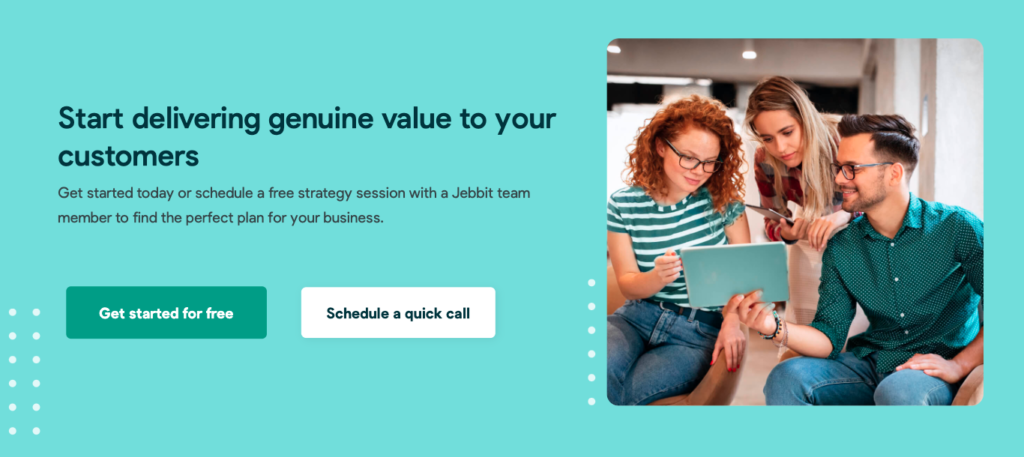
Again, this is a great example of some common challenges you can expect when transitioning to product-led growth and the benefits of persevering through them.
For additional client success stories, check out:
- How Enzuzo launched a profitable freemium product
- How Boomi transitioned their $4 billion dollar business to product-led growth
The ProductLed Accelerator: A Detailed Breakdown of the 4-Week Curriculum
The ProductLed Accelerator program has four modules, with one week dedicated to each:
- Week 1: Align on the fundamentals of your product strategy. This first week lays the foundations for a successful product strategy. By the end, you’ll have cross-team alignment on the high-level elements of your strategy, including what “end user success” looks like for your business.
- Week 2: Find the right product-led model for your business. During this week, you learn about the pros and cons of the freemium, free trial, and hybrid product-led models. You also work through a series of exercises to determine the best one for you.
- Week 3: Build your onboarding sequence. Throughout this week, we help you create an onboarding experience that guides users to the “Aha” moment as fast as possible and encourages them to upgrade.
- Week 4: Optimize your monetization strategy. Finally, we help you find a way to charge users that aligns with your acquisition model and maximizes upgrades.
The program requires 3-5 hours of commitment per week to:
- Watch an on-demand video (we recommend you do this the week before your live session).
- Attend a 2-hour Zoom workshop and Q&A on Tuesday.
- Complete the exercises with your team after the live workshop (most people set aside an hour).
You also get access to a private Slack group to connect with your cohort, get feedback from your coach, and talk to industry experts. Plus, you have access to all course materials like worksheets, templates, decision frameworks, recorded webinars, and case studies for a year.
In the end, everyone who takes the online course gets a certificate of completion that can be shared publicly (e.g., on LinkedIn).
Lastly, the program doesn’t have strict requirements for prerequisite knowledge or job titles. However, I’ve found that experienced product leaders (e.g., CEOs, product owners, or other product management roles) get the most value out of the Accelerator. Since the program doesn’t deal with ideation, prototyping, or product design, it’s best for companies that already have initial product-market fit.
Note: For more details about the program, refer to our FAQs.
Create the Right Product Strategy for Your Business With The ProductLed Accelerator
To quickly recap, my product strategy program is spread across four weeks:
- Week 1: Align on the fundamentals of your product strategy.
- Week 2: Find the right product-led model for your business.
- Week 3: Build your onboarding sequence.
- Week 4: Optimize your monetization strategy.
Each week includes a 1 to 2 hour on-demand video, a workshop and Q&A session (on Tuesday, and a session where you can bring your team for a collaborative learning experience.
We also offer three different pricing plans, depending on how many learners take the course:
- Trailblazer (ideal for startups), which is $1999 and includes 1 student seat.
- Squad, which is $5397 and includes 3 student seats.
- Task Force, which is $8995 and includes 5 student seats, as well as private consultations with a ProductLed Coach.
If you want to build the right product strategy and align your team around it, click here to learn about the enrollment details for our next cohort.
Or, if you’re interested in learning more about product-led models, check out our free course on the fundamentals of product-led growth.

